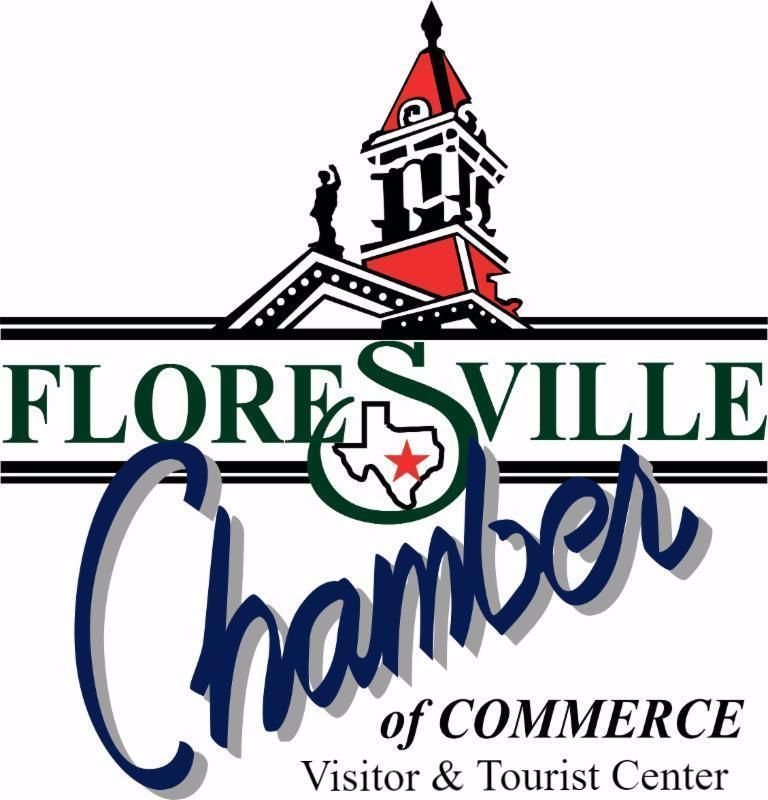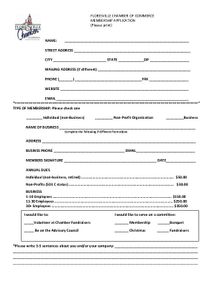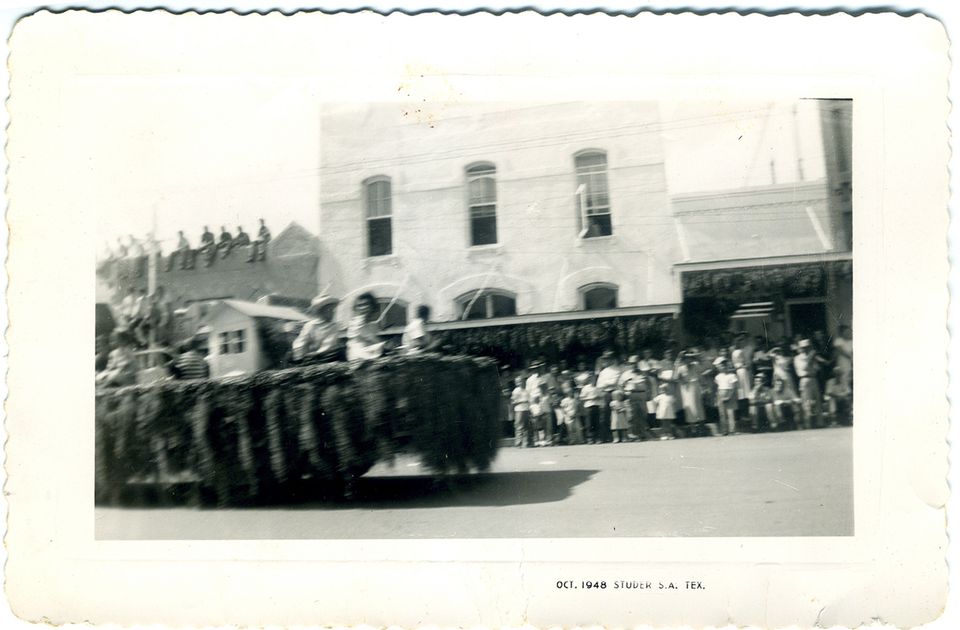June is Membership Kick-Off Month!
Getting/Staying Involved with your Chamber
The Why: Because membership in the Floresville Chamber of Commerce offers numerous benefits and keeps business owners on top of important, ever-changing issues and trends within their community and local marketplace.
The Why: Because membership in the Floresville Chamber of Commerce offers numerous benefits and keeps business owners on top of important, ever-changing issues and trends within their community and local marketplace.
- Memberships brings credibility to your business. Your membership identifies your business as one that has a strong interest in the community.
- Chamber members are businesses and individuals that believe in taking action rather than sitting on the sidelines. They know that being a member is and investment not just in their business, but also in the quality of life for our community.
- Chambers provide VALUE, we serve as your connection to profit and growth through 3 core values and benefits.
1- Members doing business with other members.
2- Our relentless efforts to promote and advocate for our members
3- Our constant focus to create opportunities for connections, education, visibility and support of our members.
- Ways You Can Increase your Visibility in the Community
1- By joining the Chamber, we list your business on our Online Member Directory on our website at www.floresvillechamberofcommerce.com
2- When your business hosts a Ribbon Cutting it is shared on Facebook, the email, and in our local newspaper all for FREE!
2- When your business hosts a Ribbon Cutting it is shared on Facebook, the email, and in our local newspaper all for FREE!
- Showcase Your Business
1- Sponsor a Chamber Event, for instance, donate a door prize for our Networking events, we will share your businesses generosity with a room full of other business attendees. These are held every other month.
2- Become a Sponsor at a Chamber Fundraising Event
3 - When your business is holding an event, send us and email or flyer, we will share this through Facebook, email and our web page.
2- Become a Sponsor at a Chamber Fundraising Event
3 - When your business is holding an event, send us and email or flyer, we will share this through Facebook, email and our web page.
One of the major misconceptions of a Chamber is that they advertise for you. What the Chamber does is called Free Marketing business-to-business. You will be connected with other business owners and managers.
Members supporting members is a Chamber's philosophy. We encourage our members to look to their fellow Chamber members when you are looking for a place to eat out, get a haircut, have your vehicle fixed, buy a home, and get a loan, insurance, or buying a car. When we support buying from each other, we invest in each other, keeping our local economy strong. It's the right thing to do!
JUNE MEMBERSHIP KICK-OFF MONTH & ANNAUL RENEWAL PERIOD
Annual Membership Renewals run from July 1 to June 30
Individuals (non-business) $50
Non-Profits (501 C status) $30
Business 1-10 employees $150
Business 11-30 employees $250
Business 30+ employees $350
If you are interested in becoming a new member of the chamber you can stop by the office for a copy of the application or download one using this link - Download an Application
For those that are current members, we are getting ready to email out the renewal invoices, so please watch your email for those. You can pay online with a card or mail a check to the address on the invoice. For those that do not respond electronically we will follow with a mailed copy around June 15. Every year a few cross in mail between when you send and when we mail out the invoices...don't worry we will correct that on our side.
For those businesses that are under the complimentary first year membership due to a generous grant from the Floresville Economic Development Corporation, that complimentary membership is 12 months from the month that you sign up. Once that time expires we will send you a prorated invoice to "catch you up" to our regular annual renewal period. For example, if you have 1-10 employees your dues are $150. If you signed up in October of 2024, that membership ends on October 31st, 2025 so you will receive and invoice for $100 ($150/12) $12.50 per month X 8 months through June 30th 2026. Then in June 2026 you will be on the normal renewal period for the next year.
If you have questions, please give us a call or send an email. We are here for you. We have many exciting events/programs that we are currently working on. Opportunities to sponsor some large events, and our exciting networking events are in full swing and are great for collaboration and meeting your fellow chamber members. Come join us, let us work for you and your business!
Sincerely,
Lora Dolle
Treasurer, Floresville Chamber of Commerce
Floresville Chamber of Commerce/Visitor & Tourist Center
830-216-3276
Office Hours: Monday and Wednesday 9AM-4PM and Friday 10AM-4PM
email- floresvillechamberofcommerce@yahoo.com
830-216-3276
Office Hours: Monday and Wednesday 9AM-4PM and Friday 10AM-4PM
email- floresvillechamberofcommerce@yahoo.com




